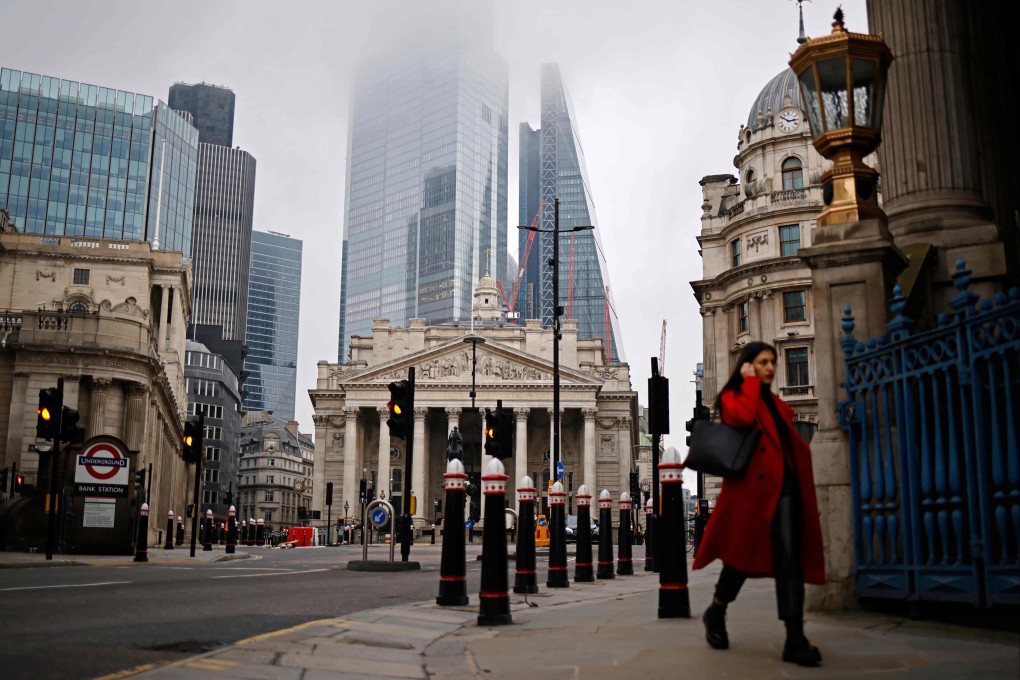Advertisement
Macroscope | Central banks should resist hitting the panic button on inflation
- A return to tougher monetary policy is not the answer as higher inflation this year will eventually subside in 2022
- This is a different world from the high inflation 1980s when annual consumer price rises reached 14.6 per cent in the US and interest rates surged to 22 per cent
Reading Time:3 minutes
Why you can trust SCMP

Inflation expectations are suddenly becoming a problem, with the markets seemingly rattled about the prospect of higher prices becoming embedded, central banks ending up on a war footing and the end of easy money coming a lot sooner than expected.
It’s really down to which side of the fence you are on. You are either an inflation believer or you see the surge in headline consumer price rises as a temporary spike, which should settle down once the increase in energy prices and global supply-side shortages ease over the next year.
We are still getting over the pandemic, recession risks are not too far behind and there is a good chance that inflation fears are being overdone. Bond market vigilantes may have you believe we are returning to some kind of 1970s-style stagflation and interest rates are about to surge, but thankfully there are enough cool-headed central bankers resisting the temptation to hit the panic button.
Advertisement
A return to tougher monetary policy is not the answer as higher inflation this year will eventually subside in 2022.
This does not mean global policymakers should bury their heads in the sand. The World Bank noted in its recent Commodity Markets Outlook that the recent surge in energy prices poses significant risks to global inflation, weighing on growth prospects in energy-importing countries.
Advertisement
Higher inflation is a tax on consumer spending, a disincentive for new business investment and a drag on growth, so it’s not surprising central bankers are worried. With US headline consumer price inflation pushing up to 5.4 per cent last month and no signs of a peak in sight, the US Federal Reserve is already talking about tightening its monetary policy belt as soon as next month.
Advertisement
Select Voice
Choose your listening speed
Get through articles 2x faster
1.25x
250 WPM
Slow
Average
Fast
1.25x
